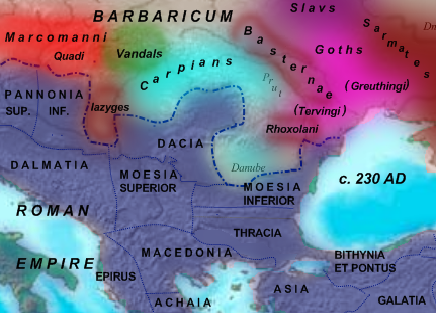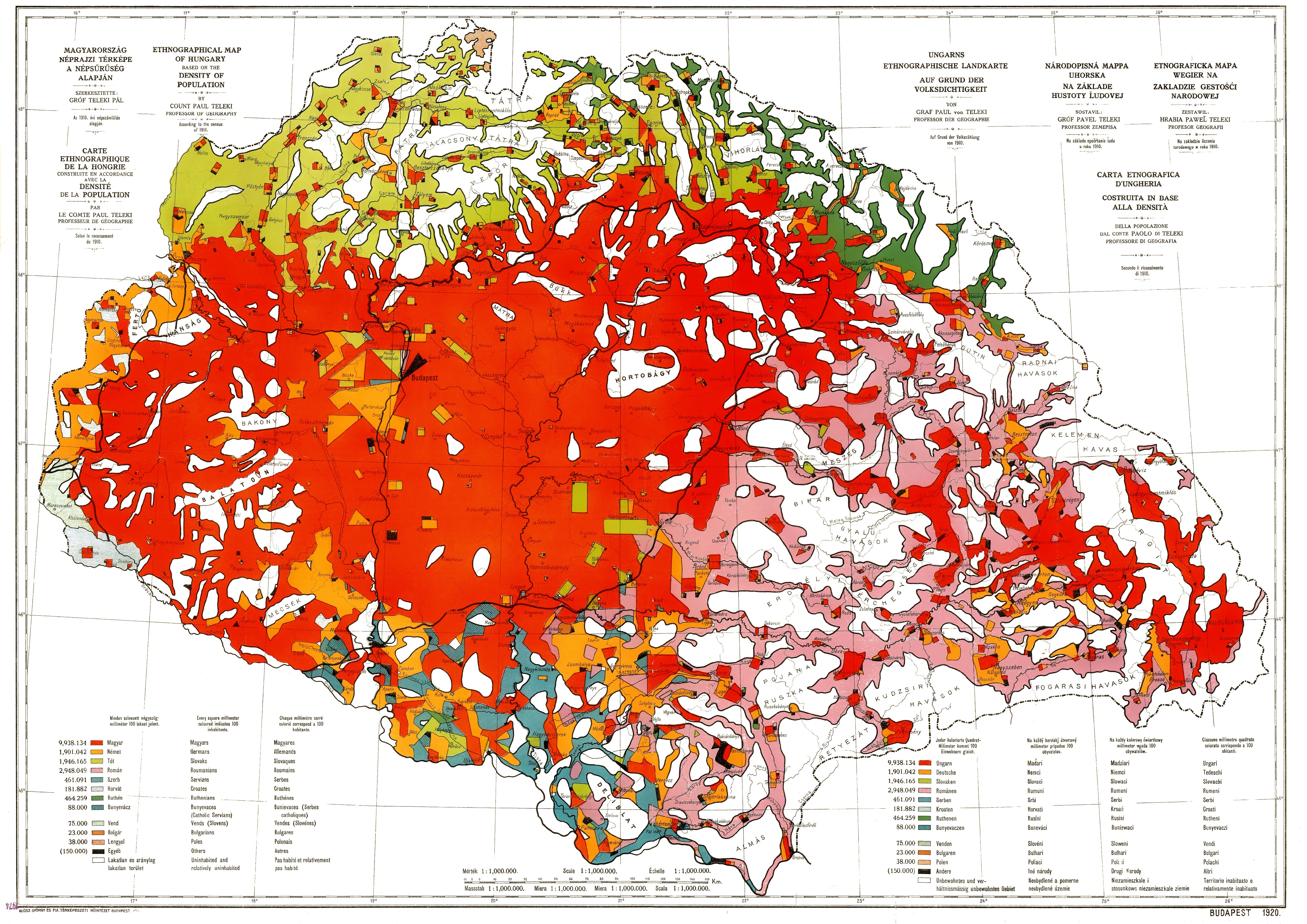|
Gheorghe Pop De Băsești
Gheorghe Pop de Băsești () or George Pop de Băsești (), also known under the nickname ''Badea'' Gheorghe or ''Badea'' George (roughly Brother or Uncle Gheorghe/George) (1 August 1835 – 23 February 1919) was an Imperial Austrian-born Romanian politician, philanthropist and patriot, who served as vice president (1881–1902) and president (1902–1919) of the Romanian National Party at a time when Transylvania was part of the Kingdom of Hungary within Austria-Hungary, and eventually as the president of the Great National Assembly of Alba Iulia that declared the Union of Transylvania with Romania on 1 December 1918. Early life Gheorghe Pop de Băsești was born on 1 August 1835 in the village of Szilágyillésfalva/Băsești (Transylvania, Austrian Empire), as the son of Petru Pop de Băsești and Susana Pop de Turț, both members of the local gentry. He completed the gymnasium in Nagybánya/Baia Mare (the first 6 grades) and in Nagyvárad/Oradea (the last 2 grades of the ... [...More Info...] [...Related Items...] OR: [Wikipedia] [Google] [Baidu] |
Băsești
Băsești ( hu, Szilágyillésfalva) is a commune in Maramureș County, Crișana, Romania. It is composed of four villages: Băsești, Odești (''Vadafalva''), Săliște (''Kecskésfalva'') and Stremț (''Bükktótfalu''). Sights * Wooden Church in Odești, built in the 19th century (1832) * Wooden Church in Săliște, built in the 20th century (1902) * Gheorghe Pop de Băsești Memorial House Notable people *Gheorghe Pop de Băsești (1835–1919), Austro-Hungarian and Romanian politician *Elena Pop-Hossu-Longin (1862–1940), Austro-Hungarian and Romanian writer, journalist and women's rights activist *Decebal Traian Remeș Decebal Traian Remeș (26 June 1949 – 14 February 2020) was a Romanian economist and politician. A member of the National Liberal Party (PNL), he was a member of the Romanian Chamber of Deputies for Maramureș County from 1996 to 2000. In the ... (1949–2020), Romanian politician References Communes in Maramureș County Localities in Crișan ... [...More Info...] [...Related Items...] OR: [Wikipedia] [Google] [Baidu] |
Hodod
Hodod ( hu, Hadad, Hungarian pronunciation: ; german: Kriegsdorf) is a commune of 3,209 inhabitants situated in Satu Mare County, Crișana, Romania. It is composed of four villages: Geography The commune lies in the extreme southeast of Satu Mare County. It borders the Bogdand commune to the west, Maramureș County to the north, and Sălaj County to the east and south. Hodod is located in the hills of Codru, west of Cehu Silvaniei and south of Satu Mare, the capital of Satu Mare County. History Until 1940 Hodod is mentioned since 1210, Nadișu Hododului since 1205, Lelei since 1330, and Giurtelecu Hododului since 1378. Hodod belonged to the Kingdom of Hungary and was part of the Principality of Transylvania. In 1399, a castle is mentioned when the village belonged to the family Kusalyi Jakcs. Hodod gained city status in 1482. Hodod was given by King Rudolf II of Habsburg to the Wesselényi family, to whom it belonged until the 20th century. The castle was destroyed ... [...More Info...] [...Related Items...] OR: [Wikipedia] [Google] [Baidu] |
Hungarian Language
Hungarian () is an Uralic language spoken in Hungary and parts of several neighbouring countries. It is the official language of Hungary and one of the 24 official languages of the European Union. Outside Hungary, it is also spoken by Hungarian communities in southern Slovakia, western Ukraine (Subcarpathia), central and western Romania ( Transylvania), northern Serbia ( Vojvodina), northern Croatia, northeastern Slovenia ( Prekmurje), and eastern Austria. It is also spoken by Hungarian diaspora communities worldwide, especially in North America (particularly the United States and Canada) and Israel. With 17 million speakers, it is the Uralic family's largest member by number of speakers. Classification Hungarian is a member of the Uralic language family. Linguistic connections between Hungarian and other Uralic languages were noticed in the 1670s, and the family itself (then called Finno-Ugric) was established in 1717. Hungarian has traditionally been assigned to ... [...More Info...] [...Related Items...] OR: [Wikipedia] [Google] [Baidu] |
Ágoston Trefort
Dr. Ágoston Trefort (pronunciation: a:gɔʃtɔn 'trɛfɔrt 7 February 1817 – 22 August 1888) was a Hungarian politician, who served as Minister of Religion and Education from 1872 until his death. He was the President of the Hungarian Academy of Sciences from 1885. Family He was born into a Hungarian Catholic family of Walloon origin in Homonna, Zemplén County, Kingdom of Hungary (today Humenné, Slovakia). His great-grandfather worked as a lawyer in Belgium, his medical officer grandfather came to Hungary in the 1770s. Ágoston's father was Ignác Trefort (1770–1831), a famous surgeon, and his mother was Tekla Beldovics (died 1829). They married in 1816, when Ignác's first wife died. They had three children: Ágoston, Antal (died in his infancy) and István (born 1825, year of death unknown). On 14 March 1847 he married the Hungarian noble lady Ilona Rosty de Barkócz (1826–1870), who was the daughter of Albert Rosty de Barkócz (1779–1847), jurist, landowner ... [...More Info...] [...Related Items...] OR: [Wikipedia] [Google] [Baidu] |
Origin Of The Romanians
Several theories address the issue of the origin of the Romanians. The Romanian language descends from the Vulgar Latin dialects spoken in the Roman provinces north of the "Jireček Line" (a proposed notional line separating the predominantly Latin-speaking territories from the Greek-speaking lands in Southeastern Europe) in Late Antiquity. The theory of Daco-Roman continuity argues that the Romanians are mainly descended from the Daco-Romans, a people developing through the cohabitation of the native Dacians and the Roman colonists in the province of Dacia Traiana (primarily in present-day Romania) north of the river Danube. The competing immigrationist theory states that the Romanians' ethnogenesis commenced in the provinces south of the river with Romanized local populations (known as Vlachs in the Middle Ages) spreading through mountain refuges, both south to Greece and north through the Carpathian Mountains. Other theories state that the Romanized local populations were p ... [...More Info...] [...Related Items...] OR: [Wikipedia] [Google] [Baidu] |
History Of Ireland (1801–1923)
Ireland was Countries of the United Kingdom, part of the United Kingdom of Great Britain and Ireland from 1801 to 1922. For almost all of this period, the island was governed by the Parliament of the United Kingdom, UK Parliament in London through its Dublin Castle administration in Ireland. Ireland underwent considerable difficulties in the 19th century, especially the Great Irish Famine, Great Famine of the 1840s which started a population decline that continued for almost a century. The late 19th and early 20th centuries saw a vigorous campaign for Irish Home Rule bills, Irish Home Rule. While legislation enabling Irish Home Rule was eventually passed, militant and armed opposition from Unionism in Ireland, Irish unionists, particularly in Ulster, opposed it. Proclamation was shelved for the duration following the outbreak of World War I. By 1918, however, moderate Irish nationalism had been eclipsed by militant Irish republicanism, republican separatism. In 1919, war broke out ... [...More Info...] [...Related Items...] OR: [Wikipedia] [Google] [Baidu] |
United Kingdom Of Great Britain And Ireland
The United Kingdom of Great Britain and Ireland was a sovereign state in the British Isles that existed between 1801 and 1922, when it included all of Ireland. It was established by the Acts of Union 1800, which merged the Kingdom of Great Britain and the Kingdom of Ireland into a unified state. The establishment of the Irish Free State in 1922 led to the remainder later being renamed the United Kingdom of Great Britain and Northern Ireland in 1927. The United Kingdom, having financed the European coalition that defeated France during the Napoleonic Wars, developed a large Royal Navy that enabled the British Empire to become the foremost world power for the next century. For nearly a century from the final defeat of Napoleon following the Battle of Waterloo to the outbreak of World War I, Britain was almost continuously at peace with Great Powers. The most notable exception was the Crimean War with the Russian Empire, in which actual hostilities were relatively ... [...More Info...] [...Related Items...] OR: [Wikipedia] [Google] [Baidu] |
Magyarization
Magyarization ( , also ''Hungarization'', ''Hungarianization''; hu, magyarosítás), after "Magyar"—the Hungarian autonym—was an assimilation or acculturation process by which non-Hungarian nationals living in Austro-Hungarian Transleithania adopted the Hungarian national identity and language in the period between the Compromise of 1867 and Austria-Hungary's dissolution in 1918. Magyarization occurred both voluntarily and as a result of social pressure, and was mandated in certain respects by specific government policies. Before the World War I, only three European countries declared ethnic minority rights, and enacted minority-protecting laws: the first was Hungary (1849 and 1868), the second was Austria (1867), and the third was Belgium (1898). In contrast, the legal systems of other pre-WW1 era European countries did not allow the use of European minority languages in primary schools, in cultural institutions, in offices of public administration and at the legal cou ... [...More Info...] [...Related Items...] OR: [Wikipedia] [Google] [Baidu] |
Austro-Hungarian Compromise Of 1867
The Austro-Hungarian Compromise of 1867 (german: Ausgleich, hu, Kiegyezés) established the dual monarchy of Austria-Hungary. The Compromise only partially re-established the former pre-1848 sovereignty and status of the Kingdom of Hungary, being separate from, but no longer subject to, the Austrian Empire. The compromise put an end to the 18-year-long military dictatorship and absolutist rule over Hungary which Emperor Franz Joseph had instituted after the Hungarian Revolution of 1848. The territorial integrity of the Kingdom of Hungary was restored. The agreement also restored the old historic constitution of the Kingdom of Hungary. Hungarian political leaders had two main goals during the negotiations. One was to regain the traditional status (both legal and political) of the Hungarian state, which had been lost after the Hungarian Revolution of 1848. The other was to restore the series of reform laws (the so-called April Laws) of the revolutionary parliament of 1848, ... [...More Info...] [...Related Items...] OR: [Wikipedia] [Google] [Baidu] |
1878 Hungarian Parliamentary Election
Parliamentary elections were held in Hungary between 5 and 14 August 1878. The result was a victory for the Liberal Party, which won 239 of the 413 seats. Results Elections in Hungary Hungary Election An election is a formal group decision-making process by which a population chooses an individual or multiple individuals to hold public office. Elections have been the usual mechanism by which modern representative democracy has opera ... Elections in Austria-Hungary {{hungary-stub hu:Magyarországi országgyűlési választások a dualizmus korában#1878 ... [...More Info...] [...Related Items...] OR: [Wikipedia] [Google] [Baidu] |
1875 Hungarian Parliamentary Election
Parliamentary elections were held in Hungary between 1 July and 18 August 1875. The result was a victory for the Liberal Party, which won 333 of the 414 seats. Results Hungary Election An election is a formal group decision-making process by which a population chooses an individual or multiple individuals to hold public office. Elections have been the usual mechanism by which modern representative democracy has opera ... Elections in Hungary Elections in Austria-Hungary {{hungary-stub hu:Magyarországi országgyűlési választások a dualizmus korában#1875 ... [...More Info...] [...Related Items...] OR: [Wikipedia] [Google] [Baidu] |
Diet Of Hungary
The Diet of Hungary or originally: Parlamentum Publicum / Parlamentum Generale ( hu, Országgyűlés) became the supreme legislative institution in the medieval kingdom of Hungary from the 1290s, and in its successor states, Royal Hungary and the Habsburg kingdom of Hungary throughout the Early Modern period until the end of World War II. The name of the legislative body was originally "Parlamentum" during the Middle Ages, the "Diet" expression gained mostly in the Early Modern period. It convened at regular intervals with interruptions from the 12th century to 1918, and again until 1946. The articles of the 1790 diet set out that the diet should meet at least once every 3 years, but, since the diet was called by the Habsburg monarchy, this promise was not kept on several occasions thereafter. As a result of the Austro-Hungarian Compromise, it was reconstituted in 1867. The Latin term ''Natio Hungarica'' ("Hungarian nation") was used to designate the elite which had part ... [...More Info...] [...Related Items...] OR: [Wikipedia] [Google] [Baidu] |







